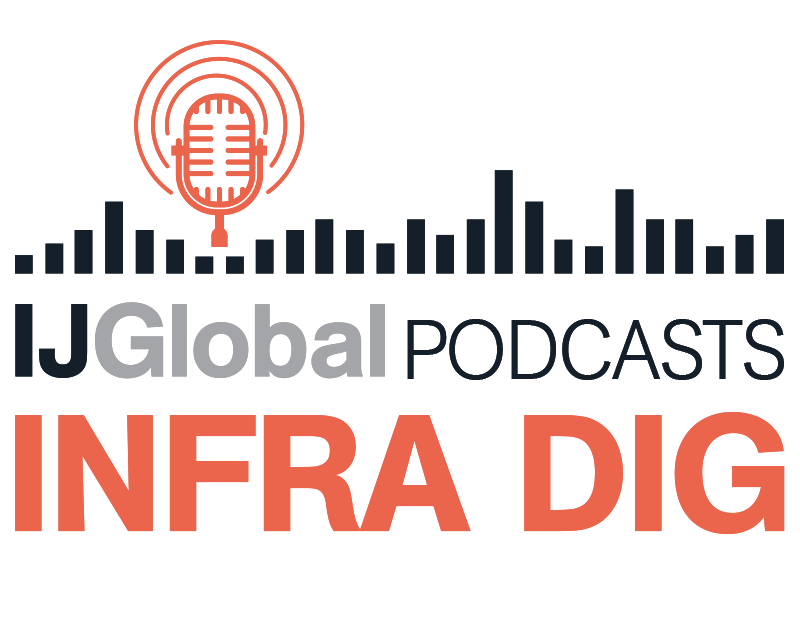Infra Dig – Toll Road to Damascus Experience
When it comes to asset ownership in the infrastructure and energy space, commonly-used metrics have become synonymous with good governance… but what if one of them was fundamentally flawed?
Today’s Infra Dig podcast sees IJGlobal editorial director Angus Leslie Melville talk to Robert Bain (UK) and Sylvain Senechal (Canada) of RBconsult about research they have conducted on toll roads that suggests the sector is sending out misleading messages about asset value and performance.
RBconsult has published a fascinating piece of research that exposes “cost per mile benchmarking” – favoured for decades by traffic and revenue consultants – as being “fundamentally flawed and misleading”.
The toll road industry should right about now be sitting up and paying attention as this metric is regularly used to summarise (and often promote) the value of a toll facility, but it focuses on price alone… conveying nothing about consumer utility or customer satisfaction.
Rob and Sylvain benchmarked 68 toll facilities in the US by price (cost per mile) and by value (cost per minute saved) and have demonstrated that the different metrics result in entirely different rankings.

With “cents per mile” benchmarking, roads end up being compared to bridges; private operations ar eminbled with state-run facilities; high-density urban commuter routes are set alongside provincial beltways; and roads of fewer than 5 miles were being compared to entire systems stretching for more than 500 miles.
And therein lies much of the issue as the average infrastructure professional – likely not a deep toll specialist – will fail to identify the discrepancy in different asset types, merely accepting that the asset being investigated sits comfortably low down the pricing scale… ticking the virtue box.
In this Infra Dig podcast, Rob and Sylvain explain what every toll road user already knows… folk seldom travel the full distance of the route… and the key benefit is time saved.
“We see stories about the most expensive toll roads in the world, the 5 most expensive toll roads in the United States – and they all rely on this metric ‘cents per mile’ and that has caused us a number of issues over the years,” says Rob.
“Cents per mile has been used as an indicator of value and we think it’s a flawed metric in that regard. After all, cents per mile looks at the supply side of the equation – and by that I mean, it takes 2 physical attributes.. the length of an asset and the price. It takes one and divides by the other and comes up with a unit cost.
“But that is not how consumers respond. Consumers don’t respond to the length of a facility, they respond to time savings… that is the time saving of using a toll road, bridge or tunnel compared to the alternative route, which they evaluate in context of the price point.
“We have been critically aware for some time that if you want to talk about value, if you want to measure value, if you want to communicate value in the toll road space, it is much better to be talking about time savings – or cents per minute saved, rather than cents per mile.
“That led to the piece of research that we wrote up.”
To hear about how the research was carried out and how it looks set to impact future toll facilities as well as operational ones, tune in to the latest Infra Dig podcast.
Request a Demo
Interested in IJGlobal? Request a demo to discuss a trial with a member of our team. Talk to the team to explore the value of our asset and transaction databases, our market-leading news, league tables and much more.


